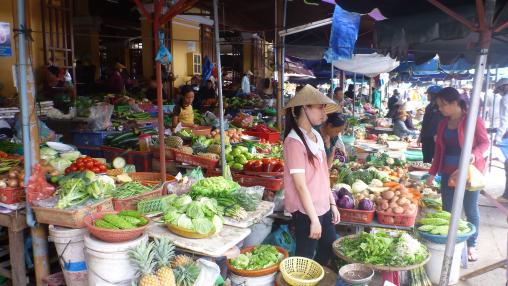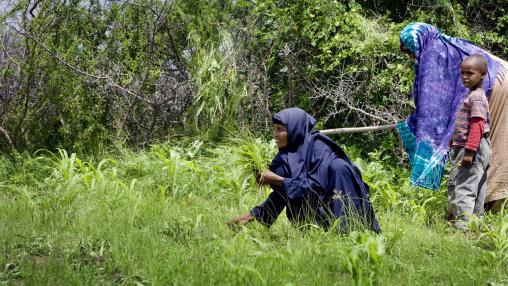
How Can We Lower the Price of Fruits and Vegetables? Exploring Ways to Deliver Vouchers to Consumers
Fruits and vegetables are a key source of micronutrients in diets, and adequate fruit and vegetable consumption can help stave off non-communicable diseases. The World Health Organization (WHO) recommends that adults consume 400 grams of fruits and vegetables every day. Yet globally, fruit and vegetable consumption often falls far below that target, and research suggests consumption is particularly low in low- and middle-income countries (LMICs).

Impact of COVID-19 on National Food Systems
The CGIAR COVID-19 Hub has released updated policy notes regarding the impact of the COVID-19 pandemic on global and regional food systems. This latest series of updates covers several FSP priority countries, including Ethiopia, Nigeria, Malawi, and Bangladesh.
IPC Nigeria Alert - March 2021
FEWS NET Nigeria Food Security Alert - May 2021

From Famine to Food Security
Food crisis and famines continue to plague many developing countries. Armed conflict and prolonged drought have left around 20 million people at a risk of starvation and death in Somalia, South Sudan, Yemen, and Nigeria, while several other African nations also currently face with food insecurity, largely as a result of climate-driven weather events. An estimated $4.4 billion in aid is needed to address these crises.

Rethinking Input Subsidies
After being largely eliminated by structural adjustment programs in the 1980s and 1990s, large-scale input subsidy programs are regaining popularity throughout the developing world, particularly in Africa south of the Sahara. It's estimated that African countries spend, on average, 30 percent of their agriculture budgets on these programs, which aim to increase small farmers' investments in new technologies and increase agricultural production. Despite these programs' widespread use, however, debate abounds about how efficient input subsidy programs actually are.

AMIS Market Monitor Sees Stabilizing Markets
The Agricultural Market Information System (AMIS) has released the latest edition of its monthly Market Monitor. This month's report sees stabilized world markets as forecasts for 2012-2013 crop outlooks become more finalized. Despite this stabilization, however, attention should be paid to ongoing weather concerns, particularly drought affecting US winter wheat.
Wheat production in 2012 fell below the record seen in 2011, and ending stocks are expected to decline significantly. Wheat use, on the other hand, is expected to drop based on lower feed use in China and the EU.

FEWS NET Releases Food Security Alert for West Africa
FEWS NET has released a food security alert for West Africa to establish a context for regional agricultural production and food security prospects for the 2011/12 consumption year. The report's key messages include:
In the most likely scenario, crop production in the region will be less than last year’s bumper harvest (59 million tons) but near the 2005/06-2009/10 average (~50 million tons).